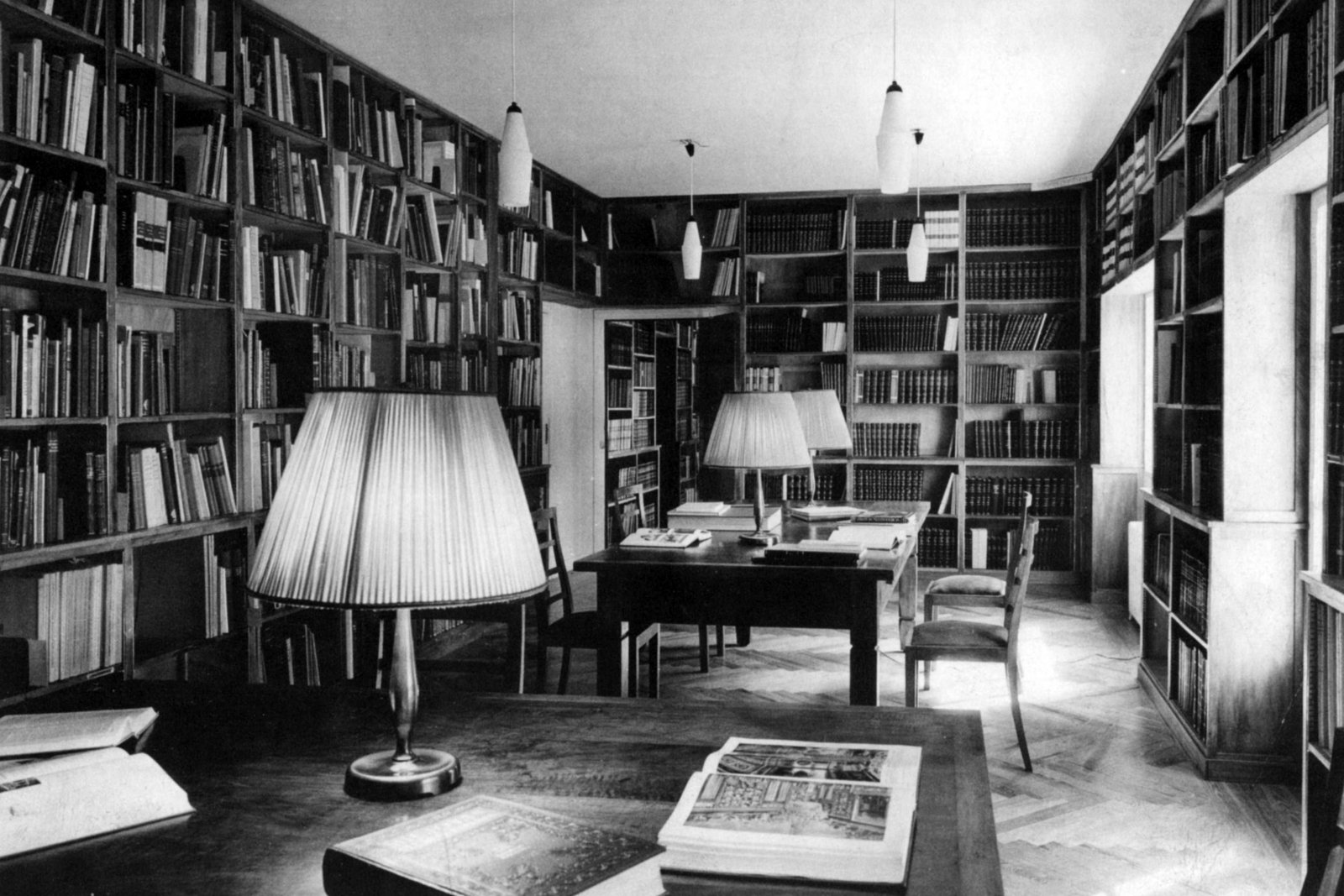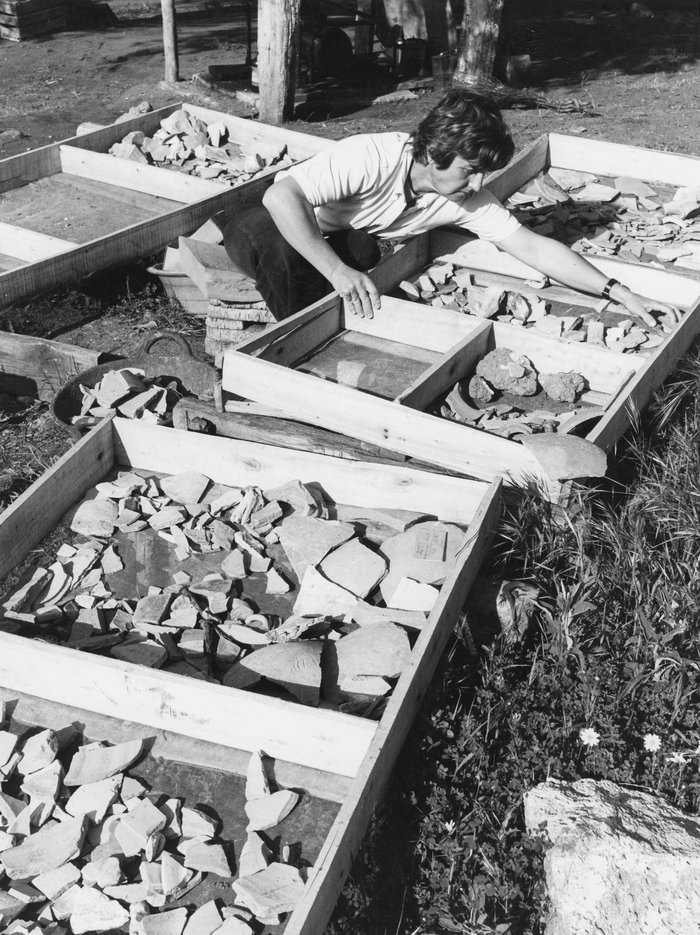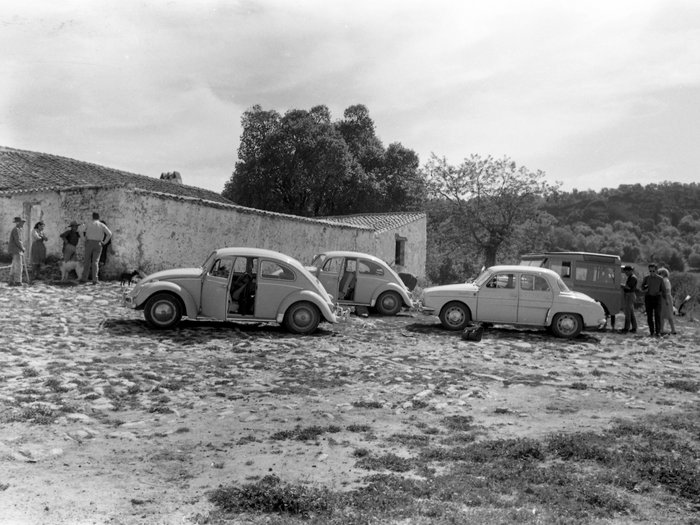History
With the establishment of the Madrid Department, the DAI considerably extended its traditional region of interest to the west. Initially, research focused on the early Middle Ages, Classical archaeology and prehistory. Natural and geoscientific methods were integrated into the projects at an early stage, and research projects were developed that included the environment. One example is the coastal research that began in 1982.
Already in his ceremonial speech at the occasion of the DAI's centennial in 1929, the secretary general, Gerhart Rodenwaldt, expressed his hope that one day a branch office might be inaugurated in the Iberian Peninsula. This wasn't to happen before the end of 1943, although it had been much motivated by previous research carried out in Spain and Portugal by German ancient historians and archaeologists since the end of the 19th century. This early period was marked by scholars like Emil Hübner, Adolf Schulten, Hugo Obermaier, Hans Zeiss, and Georg and Vera Leisner. The institute initially began its operations in two large library rooms at the Deutsches Kulturinstitut before moving into the premises in Avenida del Generalísimo 35.
Like all other German institutions abroad after WWII, the DAI branch office in Madrid had to close. Since its reopening at Calle Serrano 159, on 2 March 1954, it has been continuously conducting research in Spain, Portugal, and Morocco. Its reputation in the host countries and beyond not least owes to the application of innovative approaches and methods. Among the department's pioneering projects are its coastal investigations and those on the Chalcolithic (Zambujal), but also on the Bronze Age (Fuente Álamo), the Phoenicians (Torre del Mar, Castillejos de Alcorrín, Ayamonte, Mogador), Roman cities (Munigua, Évora), and the history of early Christian and Islamic architecture (Tinmal, Madinat al-Zahra, Córdoba). The department is moreover the editor of Hispania Antiqua, a five-volume synopsis of the monuments in the Iberian Peninsula. The history of the department also has been the subject of a series of conferences, the reports of which have been published in a work of four volumes (Iberia Archaeologica 14, fascicles 1-4).
The department's leading directors have been the art historian Helmut Schlunk (1943–1945 and 1953–1971), the classical archaeologist Wilhelm Grünhagen (1971–1980), the prehistorian Hermanfrid Schubart (1981–1994), the early Christian archaeologist Thilo Ulbert (1994–2004), and the prehistorian Dirce Marzoli (since 2004). The scientific directors have been Wilhelm Grünhagen (1959–1961), Rolf Nierhaus (1961–1966), Hermanfrid Schubart (1967–1980), Theodor Hauschild (1980–1994), Thomas G. Schattner (1996–2020), and Felix Arnold (since 2021). The merits of the Madrid Department and its collaborators have been honoured repeatedly, as with the bestowal of the Medalla al Mérito en las Bellas Artes en su categoría de oro presented H.M. King Juan Carlos in 1982, the Medalla de la Real Fundación de Toledo in 2004, and the Ordre des Palmes Académiques in 2019.






